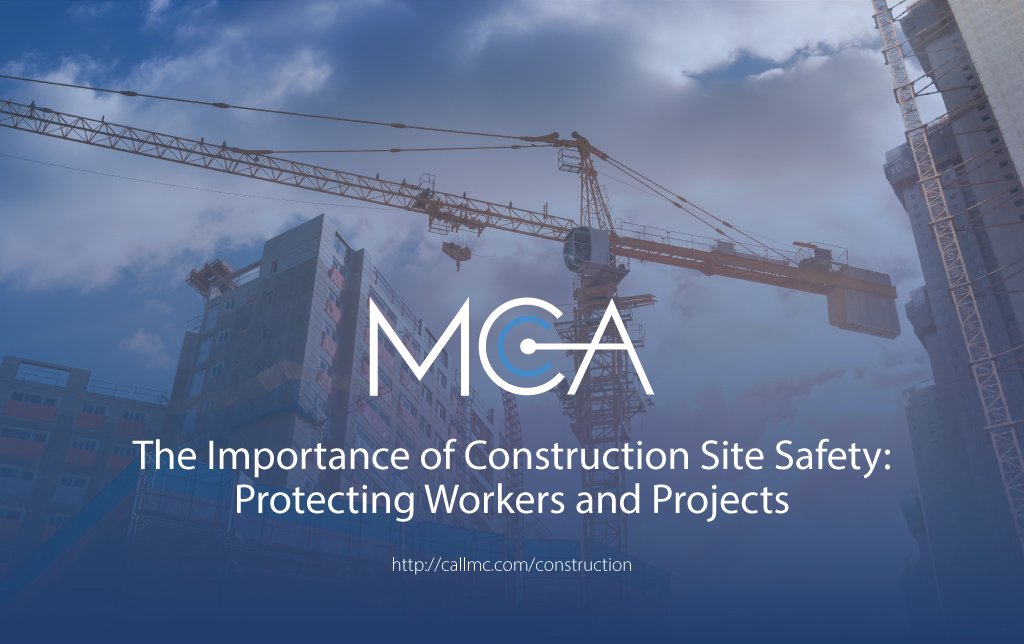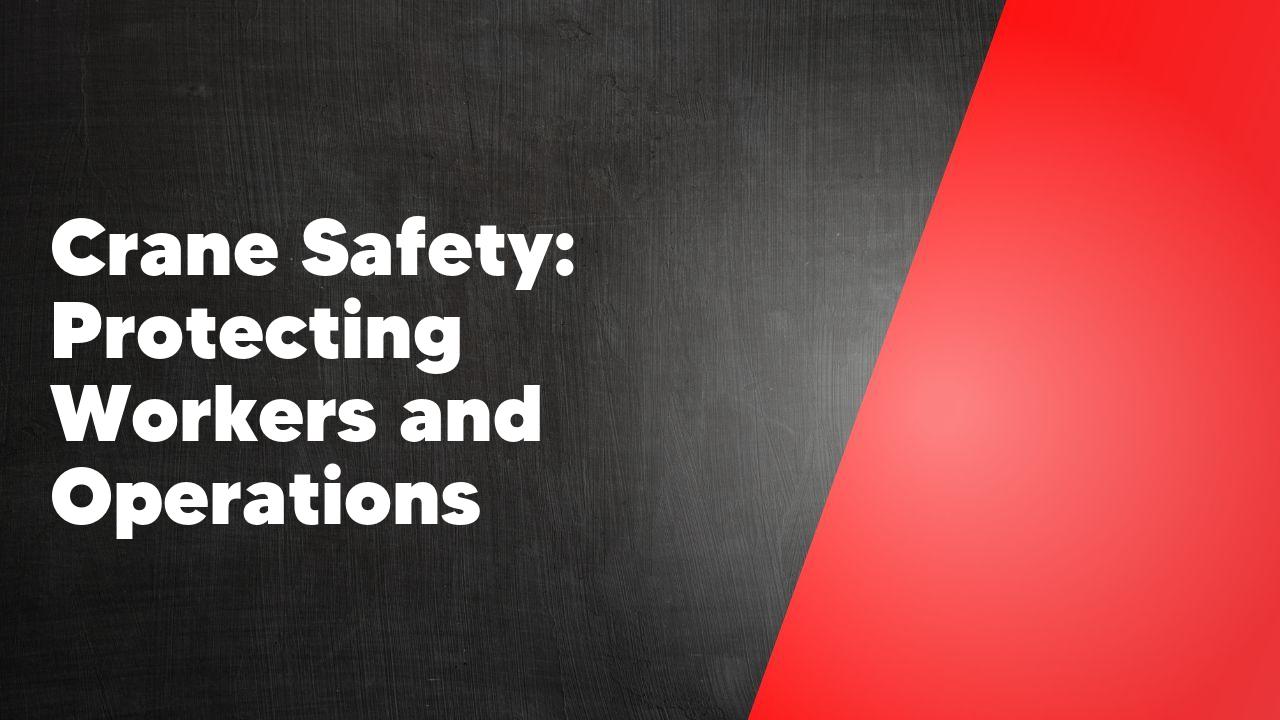Crane safety is a crucial aspect of protecting workers and ensuring smooth operations in various industries. With the use of cranes becoming increasingly common in construction, manufacturing, and other sectors, it is essential to understand the potential risks and implement effective safety measures. This article explores the importance of crane safety, the common hazards associated with crane operations, and the steps that can be taken to protect workers and maintain efficient operations.
The Importance of Crane Safety in the Workplace
Crane safety is of utmost importance in the workplace to ensure the well-being of workers and prevent accidents. Cranes are powerful machines that are used to lift and move heavy loads, making them essential in various industries such as construction, manufacturing, and logistics. However, if not operated and maintained properly, cranes can pose serious risks to both operators and those working in the vicinity. Therefore, it is crucial for employers to prioritize crane safety by providing comprehensive training to operators, conducting regular inspections and maintenance, and implementing strict safety protocols. By doing so, companies can create a safe working environment and minimize the potential for accidents and injuries.
Common Hazards and Risks Associated with Crane Operations

Crane operations come with their fair share of hazards and risks that need to be carefully managed. One common hazard is the potential for crane collapse, which can occur due to factors such as overloading, improper assembly, or unstable ground conditions. Another risk is the possibility of objects falling from the crane, posing a danger to workers and bystanders. Additionally, there is a risk of electrocution if the crane comes into contact with power lines. Poor visibility can also be a hazard, as it can lead to accidents and collisions. To mitigate these risks, it is crucial to have proper training, regular inspections, and adherence to safety protocols.
Essential Safety Measures for Crane Operators and Workers
Crane operators and workers play a crucial role in ensuring safety on construction sites. To maintain a safe working environment, it is essential for them to follow certain safety measures. Firstly, operators should undergo proper training and certification to operate cranes safely. They should also regularly inspect the equipment before use to identify any potential issues. Additionally, workers should always wear appropriate personal protective equipment, such as hard hats and safety harnesses, to minimize the risk of injury. Communication is also key, with operators and workers needing to maintain clear and effective communication to prevent accidents. Lastly, it is important to adhere to all safety regulations and guidelines set by relevant authorities to ensure the overall safety of everyone involved.
Training and Certification Requirements for Crane Operators
Crane operators play a crucial role in the construction industry, ensuring the safe and efficient movement of heavy materials. To become a crane operator, individuals must undergo extensive training and obtain the necessary certifications. The training typically includes both classroom instruction and hands-on experience, covering topics such as crane operation techniques, safety procedures, and equipment maintenance. Additionally, aspiring crane operators must pass written and practical exams to obtain their certification. These requirements are in place to ensure that crane operators have the knowledge and skills necessary to operate cranes safely and effectively. By meeting these training and certification requirements, crane operators can contribute to a safer and more productive construction environment.
Implementing Effective Safety Policies and Procedures for Crane Operations
Implementing effective safety policies and procedures for crane operations is crucial to ensure the safety of workers and prevent accidents. One important aspect is conducting thorough risk assessments before any crane operation takes place. This involves identifying potential hazards, evaluating the risks, and implementing appropriate control measures. It is also essential to provide comprehensive training to crane operators and other personnel involved in crane operations. This includes training on safe operating procedures, proper use of personal protective equipment, and emergency response protocols. Regular inspections and maintenance of cranes are also necessary to ensure their safe and efficient functioning. By implementing these safety policies and procedures, companies can create a safe working environment and minimize the risk of accidents during crane operations.
The Role of Technology in Enhancing Crane Safety
Technology plays a crucial role in enhancing crane safety in construction sites. With the advancements in technology, cranes are now equipped with various safety features that help prevent accidents and ensure the well-being of workers. One such feature is the use of sensors and cameras that provide real-time monitoring of the crane’s movements and load capacity. This allows operators to detect any potential issues or overloading situations, enabling them to take immediate action to prevent accidents. Additionally, technology has also enabled the development of anti-collision systems that can detect the presence of other cranes or objects in the vicinity, reducing the risk of collisions. Overall, technology has significantly improved crane safety by providing operators with better visibility, real-time monitoring, and advanced warning systems.
Conclusion
In conclusion, crane safety is of utmost importance in protecting both workers and operations. By implementing proper training, maintenance, and inspection protocols, companies can greatly reduce the risk of accidents and injuries. It is crucial for employers to prioritize the safety of their workers and ensure that all necessary precautions are taken to prevent crane-related incidents.
What is crane safety?
Crane safety refers to the measures and precautions taken to ensure the well-being of workers and the smooth operation of cranes.
Why is crane safety important?
Crane safety is important to prevent accidents, injuries, and fatalities in construction and industrial settings. It also helps to protect the integrity of the equipment and maintain productivity.
What are some common hazards associated with cranes?
Common hazards associated with cranes include electrical hazards, falling objects, crane collapses, improper rigging, and operator errors.
How can crane accidents be prevented?
Crane accidents can be prevented by conducting regular inspections and maintenance of the equipment, providing proper training to operators and workers, implementing safety protocols and procedures, and ensuring compliance with relevant regulations and standards.
What should workers do to ensure their safety around cranes?
Workers should always follow safety guidelines and procedures, wear appropriate personal protective equipment, stay clear of the crane’s swing radius, and communicate effectively with the crane operator.
Who is responsible for crane safety?
Crane safety is a shared responsibility between employers, crane operators, and workers. Employers are responsible for providing a safe work environment, operators must adhere to safety protocols, and workers should actively participate in safety training and follow guidelines.

